
The Port of Rafina, the second largest in the country in terms of passenger traffic, after Piraeus, is also, together with Piraeus, the port that secured financing from European funds to create electrification infrastructure for passenger ships.
Also read: Ferry tickets: Increases from 4% to 8% on some routes
Speaking to ot.gr, Ms. Despina Gikaki, managing director of the Rafina Port Authority, pointed out that more than 2,000,000 passengers pass through the port every year! The port of Rafina is among the 16 Greek ports of International Interest and participates essentially in the wider system of ports of Attica.; The focus is to turn it into the first in terms of passenger traffic in Attica, in the coming years. It is included in the Trans-European Transport Network, while it facilitte a significant part of the traffic to the islands of the Cyclades (Tinos, Andros, Mykonos, Paros, Naxos, Amorgos, Ios, Santorini and Koufonisia).
It also maintains the exclusive connection with Marmari Evia serving both the passenger-tourist and freight traffic to this destination.
Based on the bookings for the 2022 summer season, the port will manage to reach the results of 2019!
According to Ms. Gikakis, the port of Rafina, having obtained ISO:14001 certification for the implementation of an environmental management system, is a pioneer in environmental protection as it secured funding from the European Union to prepare technical studies for the construction of 4 passenger ship electrification points, the so-called Cold Ironing scheme.
As the port of Rafina is located within an urban fabric, cold ironing will solve the big problem of the emission of sulfur dioxide and other gaseous pollutants that ships produce while operating during the time it remains docked in the port and which due to its location are channeled into the city.
Electrical interface
As part of the EALING project, the installation of four shore-ship electrical interconnection points, with a total power of 4 MVA, is being studied, with the aim of directly supplying the ships served in the port of Rafina with electrical power from shore. Underground cables will extend from the power supply station to the respective interconnection point.
The Management of Port Authority proceeded at the same time to draw up a strategic plan for the port of Rafina based on 5 axes:
-Increasing port security by creating port protection projects.
-Aesthetic upgrading of all building infrastructures with respect to the cultural heritage & cultural identity of the place.
– Projects and actions to reduce the environmental footprint of both ships and port facilities.
– Projects connecting the port with the hinterland that will solve traffic issues.
-Increasing the performance of port services with new technologies
The Master Plan
With the new approved Master Plan for the Port of Rafina, four main uses are allocated, with four corresponding Port Departments (LT):
- Port Department of Coastal Shipping: The Coastal Shipping Department includes the Conventional Ships Department and the High Speed Ships Department, which are located on the central wharf and east of the fishing shelter respectively,
- Mixed-Use Port Section: Located south of the central port basin, in the area of the old port of Rafina,
- Fishing Shelter Port Department: It is located north of the central port, in the place of the existing fishing shelter,
- Waterway Port Section: It is located on the leeward jetty of the fishing shelter of the port.
The Port of Rafina faces various challenges in achieving the main port activity, which is the effective response to the demand for port services. Some of the most important challenges of Rafina Port are the following:
The number of passengers and the volume of cargo handled is growing at a very rapid rate, often exceeding the capacity of the port.
The size of ships has increased, creating requirements for longer berth lengths, greater depths in the harbor, approach channel and port basin as well as greater maneuvering area.
Land transport connections are saturated, creating a traffic load with adverse effects on the surrounding urban fabric, especially during peak periods.
Emerging land use conflicts between port and non-port activities.
At the same time as the study of the new Rafina Port Master Plan, important transportation projects are underway, such as the extension of the Suburban Railway to the port and the extension of the Attica Road to Rafina, ending at the port through the Undergrounding of Fleming Avenue .
Finally, one more issue promoted by the administration of the port of Rafina is the regeneration of the beach front in front of the Old Port! It is worth noting that the Port of Rafina is the first Greek port where the establishment of a building regulation has begun that will harmonize the facades of the buildings within the land area and will aesthetically upgrade the image of the port.
Seafront restoration
At the same time, says Ms. Gikaki, the architectural study of the restoration of the seafront of the Old Port of Rafina is complete. The arbitrary constructions that currently function as seating areas in front of the building complex of cafes and restaurants, will be removed and will be replaced by a bioclimatic complex, as a single front along the pier consisting of small structural units with common characteristics. The new design approach concerns a single construction, with repeated standardized units, which will be constructed parallel to the building complex, in the zone of semi-outdoor spaces, achieving a clearing and unification of the port area, and at the same time allowing the existing building complex to be perceived again as a single elongated structure.
The new structure will be a lightweight metal structure, with nautical references to the sails and riging of sailing ships, in white, and will act as a light, “transparent” canopy in front of the existing building complex.
The redevelopment of the sea front of the Rafina port is one of the most emblematic projects of the current Administration, which is expected to completely upgrade and change for the better one of the most beautiful areas of Rafina, but also of the whole of Attica.
NOW: 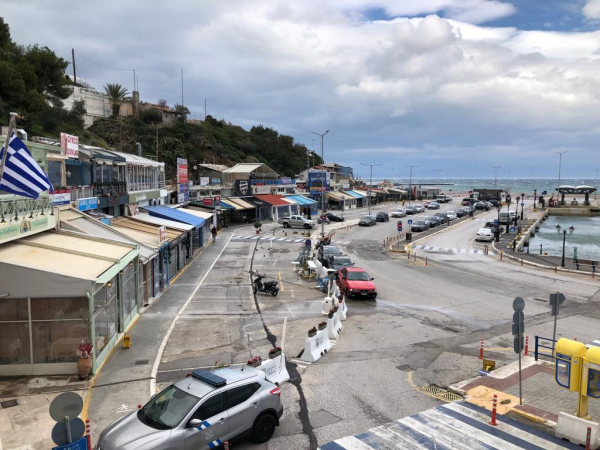
IN FUTURE: 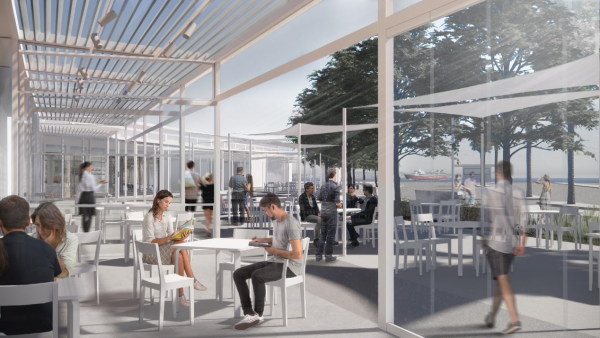
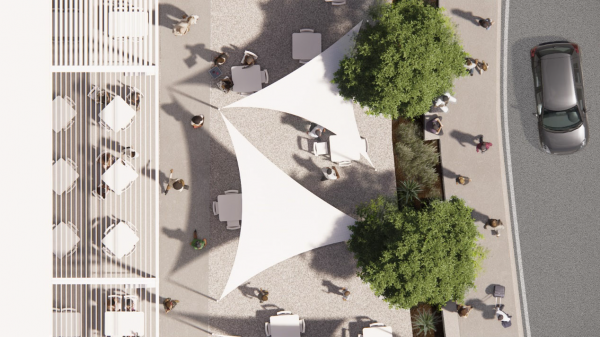
Latest News
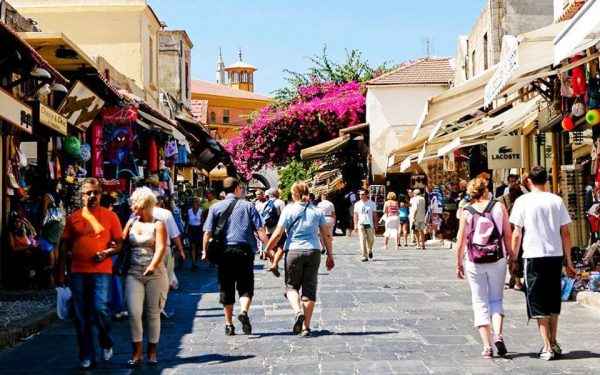
WTTC: Travel & Tourism to Create 4.5M New Jobs in EU by 2035
This year, international visitor spending is set to reach 573 billion euros, up by more than 11% year-on-year
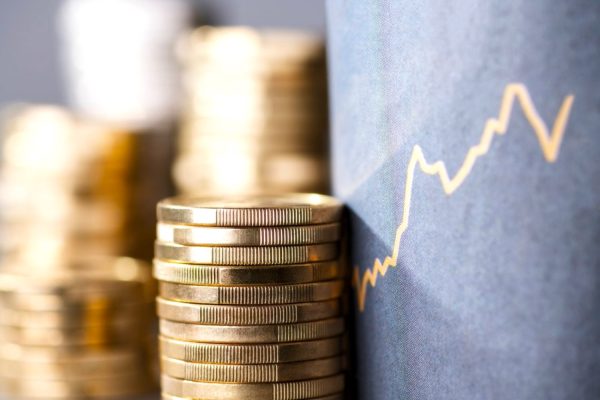
IMF: US Tariffs Shake Global Economy, Outlook Downbeat
IMF slashes global growth forecast to 2.8% as U.S. tariffs create uncertainty and ‘negative supply shock

First Step Towards New Audiovisual Industry Hub in Drama
The project is set to contribute to the further development of Greece’s film industry and establish Drama as an audiovisual hub in the region
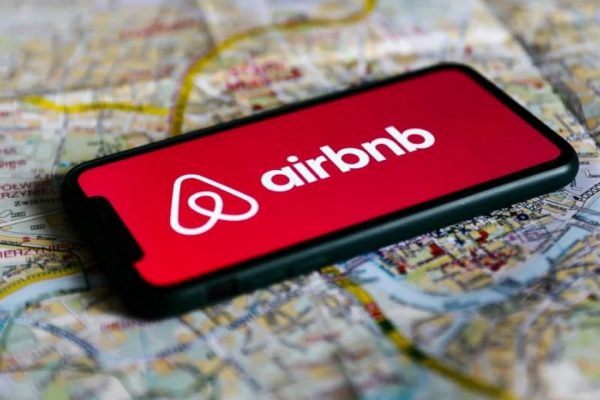
Airbnb Greece – Initial CoS Ruling Deems Tax Circular Unlawful
The case reached the Council of State following annulment applications filed by the Panhellenic Federation of Property Owners (POMIDA)

Mitsotakis Unveils €1 Billion Plan for Housing, Pensioners, Public investments
Greek Prime Minister Kyriakos Mitsotakis has announced a new set of economic support measures, worth 1 billion euros, aiming to provide financial relief to citizens.

Alter Ego Ventures Invests in Pioneering Gaming Company ‘Couch Heroes’
Alter Ego Ventures' participation in the share capital of Couch Heroes marks yet another investment by the Alter Ego Media Group in innovative companies with a focus on technology.

Corruption Still Plagues Greece’s Driving Tests
While traffic accidents continue to claim lives on Greek roads daily, irregularities and under-the-table dealings in the training and testing of new drivers remain disturbingly widespread

Pope Francis Died of Stroke and Heart Failure Vatican Confirms
As news of the official cause of death spread, tributes poured in from across the globe. The 1.4 billion-member Catholic Church is united in grief, remembering a pope who championed inclusion, justice, and compassion

Increase in Both Museum Visits, Revenues for 2024
As expected, the Acropolis was the top archeological site in the country, followed by Sounion, Mycenae, the ancient theater of Epidaurus, and Vergina in northern Greece

Where Greece’s Tourists Come From: A Look at 2025’s Top Visitor Markets
The United Kingdom continues to hold the top spot as the largest source of incoming tourism, with 5.6 million seats booked for Greece this summer — up 2.2% from last year. This accounts for 20% of all international air traffic to Greece
















![Ξενοδοχεία: Μεγάλο το ενδιαφέρον για επενδύσεις στην Ελλάδα – Η θέση της Αθήνας [γραφήματα]](https://www.ot.gr/wp-content/uploads/2025/03/Athens-hotels-90x90.jpg)








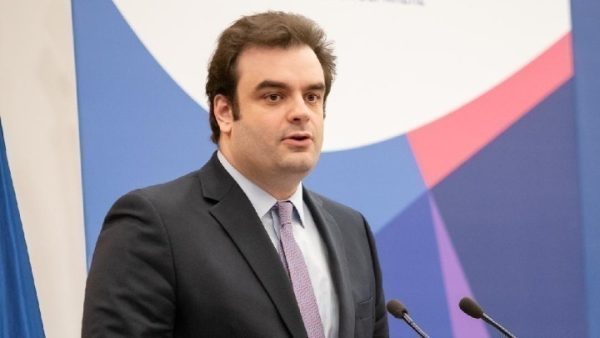






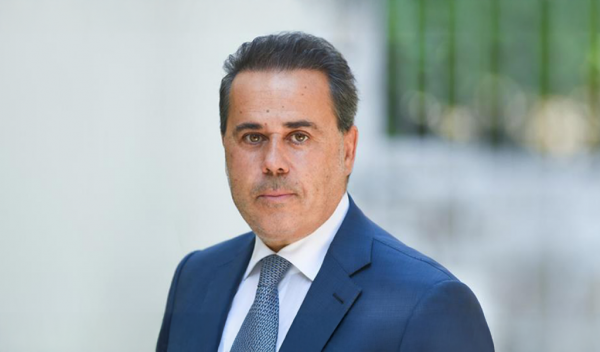



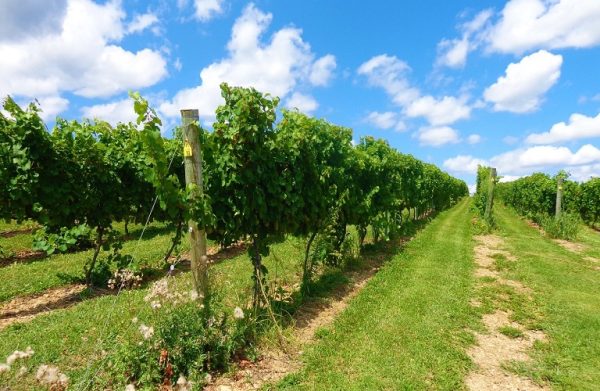
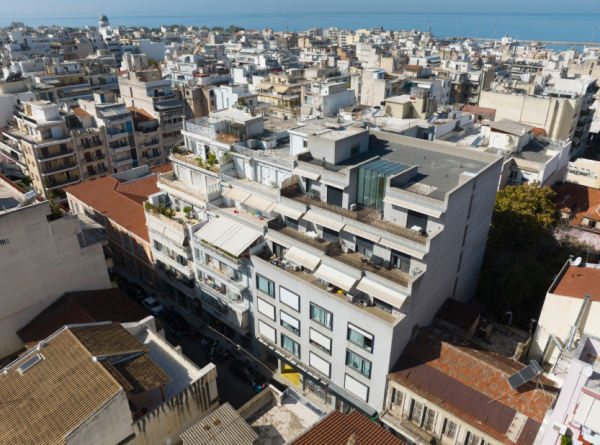



 Αριθμός Πιστοποίησης
Αριθμός Πιστοποίησης